Every year, millions of people take medications that save lives. But not every side effect shows up in clinical trials. Some only appear after thousands-or millions-of people start using a drug. That’s where MedWatch comes in. It’s not a hotline you call when you’re sick. It’s a safety net. A way for you, your doctor, or your pharmacist to tell the FDA about unexpected reactions, dangerous interactions, or products that just don’t work as they should.
What Is MedWatch, Really?
MedWatch is the U.S. Food and Drug Administration’s official system for collecting reports about serious problems with medicines, medical devices, vaccines, dietary supplements, cosmetics, and even infant formula. Launched in 1993, it’s the main way the FDA finds out about safety issues that weren’t caught before a product hit the market.
Think of it like this: when a new drug is approved, it’s tested on a few thousand people. But real life is messier. Millions of people use it. They have different health conditions, take other meds, or are older or pregnant. That’s when rare side effects-like a sudden heart rhythm problem or liver damage-start showing up. MedWatch helps catch those.
The FDA doesn’t just sit on these reports. They use them to update drug labels, issue safety warnings, restrict use, or even pull products off the shelves. In 2021 alone, MedWatch data helped trigger 18 label changes, 7 public safety alerts, and 3 product withdrawals.
Who Can Report to MedWatch?
You don’t need to be a doctor. You don’t need to be a pharmacist. If you’re a patient, a caregiver, or even a family member who noticed something wrong, you can report it.
The FDA divides reporters into three groups:
- Healthcare professionals (doctors, nurses, pharmacists): Use Form FDA 3500. They’re encouraged to report any serious event they suspect is linked to a product.
- Consumers and patients: Use the simpler Form FDA 3500B. This one’s designed to be easy-even if you’re not a medical expert. It’s available in Spanish too, since 2022.
- Manufacturers and distributors: They’re legally required to report. If their product causes death, hospitalization, or permanent disability, they must file within 15 days. For less serious issues, they have 90 days.
That’s the big difference between MedWatch and systems in other countries. In places like Japan, only doctors can report. In the U.S., you-the person taking the medicine-can speak up too.
What Should You Report?
Not every headache or stomach upset counts. The FDA says you should report serious events. That means anything that leads to:
- Death
- Hospitalization (or prolonging an existing hospital stay)
- Disability or permanent damage
- Birth defects or problems during pregnancy
- Life-threatening reactions
- Need for medical or surgical intervention to prevent harm
Examples? A diabetic patient develops severe pancreatitis after starting a new weight-loss supplement. A senior gets admitted to the ER after a blood pressure med causes dangerously low heart rate. A new mom notices her baby’s skin turns yellow after using a herbal teething gel.
Even if you’re not sure it’s the medication’s fault, report it anyway. The FDA doesn’t need proof-they need clues. If 10 other people report the same issue, that’s a pattern. And patterns trigger investigations.
How to File a Report
There are three ways to report to MedWatch. All are free. All are available 24/7.
- Online: Go to fda.gov/MedWatch. Click "Report a Problem." The form walks you through each step. It takes about 15 to 20 minutes. The updated portal (2023) checks for missing info in real time, so you’re less likely to make mistakes.
- By phone: Call 1-800-FDA-1088. A live agent answers-average wait time is under 2.5 minutes. You can report over the phone even if you don’t have the form handy.
- By mail or fax: Download Form FDA 3500 or 3500B from the website, fill it out, and send it. The FDA also provides pre-addressed envelopes for free.
For consumers, the online form is easiest. It asks for:
- The product name (drug, device, supplement)
- What happened (describe the side effect in plain language)
- When it happened (start date of the product, when symptoms began)
- Your contact info (optional but helpful if they need to follow up)
- Any other meds you’re taking
Don’t worry if you don’t know the exact brand name. Just describe it: "the blue pill for cholesterol," or "the patch I put on my arm for pain." The FDA’s system can match it.
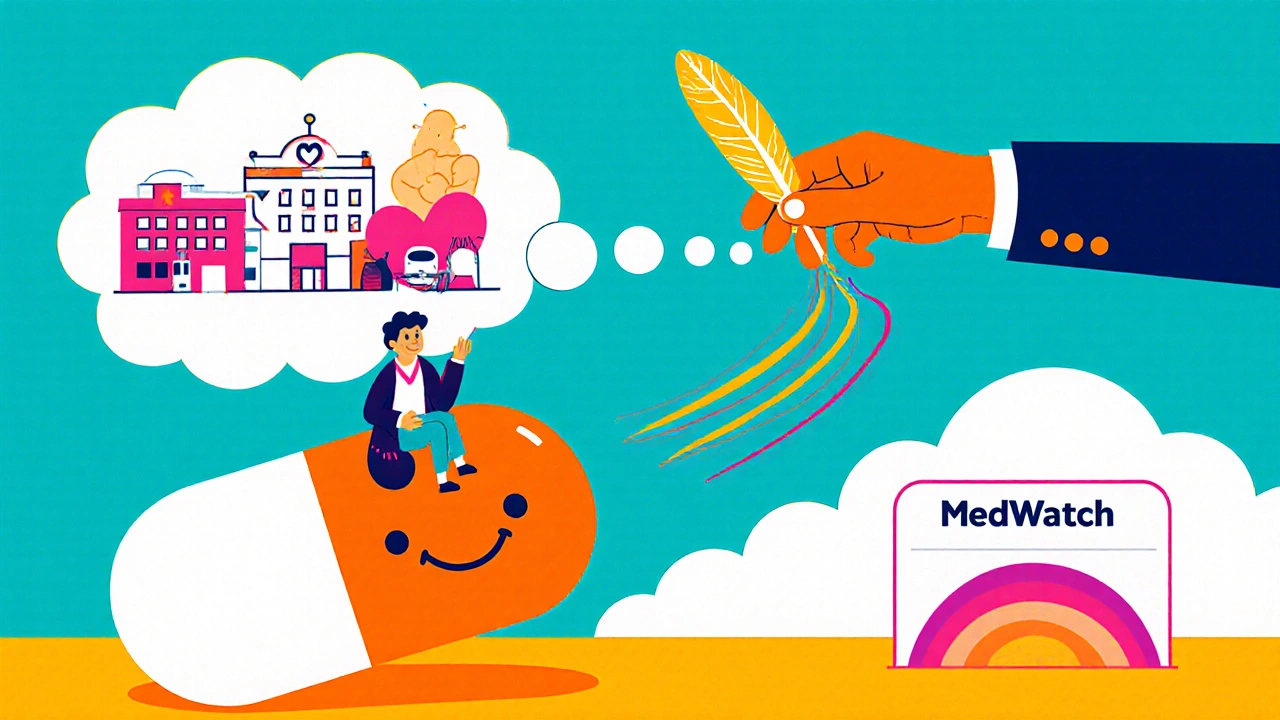
What Happens After You Report?
Here’s the hard truth: you probably won’t hear back.
MedWatch gets about 1.4 million reports a year. The FDA doesn’t have the staff to respond to each one individually. That’s why many people complain-especially on Reddit and patient forums-that they never get confirmation, a case number, or feedback.
But that doesn’t mean your report doesn’t matter.
Every report goes into a giant database. Analysts look for clusters. If five people report the same rare rash after using a new acne cream, that’s a red flag. If 20 people report sudden dizziness after switching generic brands, the FDA might test for consistency in manufacturing.
In 2007, MedWatch reports helped uncover that the diabetes drug rosiglitazone increased heart attack risk. That led to major label changes and restricted use. In 2020, reports about a specific blood pressure med causing kidney failure led to a safety alert.
It’s not glamorous. But it’s how safety gets improved.
Why Do So Few People Report?
Here’s the scary part: experts estimate only 1% to 10% of serious side effects ever get reported. The Institute of Medicine found that patients report less than 25% of serious events. Doctors? Maybe 40%.
Why? Three big reasons:
- People don’t know MedWatch exists. A 2022 survey found 78% of Americans had never heard of it.
- They think it’s not their job. "That’s the doctor’s problem," they say. But if your doctor doesn’t know about it, they can’t report it.
- They think nothing will change. And if you’ve never heard back, it’s easy to feel like your voice doesn’t matter.
But here’s what you need to know: one report might not change anything. But 50? 100? That’s how warnings get issued. That’s how labels get updated. That’s how a drug gets pulled.
How MedWatch Compares to Other Systems
The U.S. isn’t alone. Europe has EudraVigilance. Canada has Canada Vigilance. Japan has its own system.
But MedWatch stands out because of scale and accessibility. It gets about 1.2 million reports a year-more than any other system, even though the U.S. population is smaller than the EU’s. Why? Because it lets patients report directly.
Other countries rely mostly on doctors. That means a lot of patient experiences get lost. In the U.S., a mom who notices her child’s unusual behavior after taking a new ADHD med can report it. That’s powerful.
But MedWatch isn’t perfect. A 2022 GAO report found about 30% of reports are incomplete or contain errors. That’s why the FDA is working with health IT companies to build direct reporting into electronic health records by 2025. Imagine: your doctor clicks a button during your visit, and the report goes straight to the FDA.
What You Can Do Today
Here’s the bottom line: if you’ve had a strange or scary reaction to a medication, supplement, or device-report it. Even if you’re not sure. Even if you think it’s "not that bad."
Don’t wait for someone else to do it. Don’t assume your doctor already did. Many don’t. A 2022 JAMA study found only 42% of primary care doctors regularly report to MedWatch. Oncologists? 78%. But your family doctor? Maybe not.
Take five minutes. Go to fda.gov/MedWatch. Fill out the form. You don’t need to be an expert. You just need to be honest about what happened.
And if you’re a healthcare provider? Make it part of your routine. Ask your patients: "Has anything unusual happened since you started this new medicine?" Then help them report it. You’re not just treating one person-you’re helping protect thousands.
What’s Next for MedWatch?
The FDA is upgrading MedWatch fast. In 2023, they launched a new online portal with mobile-friendly design and fewer errors. They’re piloting AI tools to sort through reports faster. They’re working with health systems to let reports flow directly from electronic records.
By 2026, they plan to use standardized medical terms (SNOMED CT) across all reports-so a "heart attack" in one report matches a "myocardial infarction" in another. That’ll make analysis way more accurate.
And the best part? You’re part of that change. Every report you submit helps shape the future of drug safety.
Common Questions About MedWatch
Do I need to be a doctor to report to MedWatch?
No. Anyone can report-patients, caregivers, family members, or even pharmacists. The FDA provides a simplified form (FDA 3500B) designed specifically for consumers. You don’t need medical training. Just describe what happened, when, and what product was involved.
Will I get a response after I report?
Most likely, no. The FDA receives over a million reports a year and doesn’t have the staff to respond to each one individually. That doesn’t mean your report isn’t valuable. It goes into a database where analysts look for patterns. If multiple people report the same issue, the FDA may investigate further and issue a safety alert.
What if I’m not sure if the side effect is caused by the medication?
Report it anyway. The FDA doesn’t need proof-it needs clues. Many safety issues are discovered because multiple people report the same unusual reaction. Even if you think it’s a coincidence, your report could be the first clue in a larger pattern.
Is there a cost to report to MedWatch?
No. Reporting to MedWatch is completely free, whether you do it online, by phone, or by mail. There are no fees, subscriptions, or hidden charges. The FDA covers all costs for reporters.
Can I report a problem with a dietary supplement or cosmetic?
Yes. MedWatch covers all FDA-regulated products, including dietary supplements, cosmetics, infant formula, and medical devices. If a supplement causes liver damage or a cosmetic triggers a severe allergic reaction, it’s reportable. These products aren’t tested as rigorously as drugs before sale, so your report is especially important.
How long does it take to file a report?
About 15 to 20 minutes for most people. The online form guides you step by step. If you’re reporting by phone, it can be even faster-sometimes under 10 minutes. The form asks for basic details: what product, what happened, when, and your contact info (optional).
What if I report something and then find out it was a mistake?
You can’t delete a report once it’s submitted, but you can submit a follow-up report with corrected information. The FDA understands that people sometimes get confused or change their minds. Adding new details helps them make better decisions.
Are my personal details kept private?
Yes. Your name and contact information are kept confidential unless you give permission to share them. The FDA protects reporter privacy under federal law. Reports are analyzed using aggregated data, not individual identities.
Next Steps: Be Part of the Safety Net
MedWatch isn’t flashy. It doesn’t have ads or influencers. But it’s one of the most important public health tools you’ve never heard of.
Next time you or someone you care about has an unexpected reaction to a medicine, supplement, or device-don’t ignore it. Don’t assume it’s just bad luck. Don’t wait for someone else to act.
Open your browser. Go to fda.gov/MedWatch. Take five minutes. Report it.
Because the next person who takes that same drug might be your parent, your child, or you.

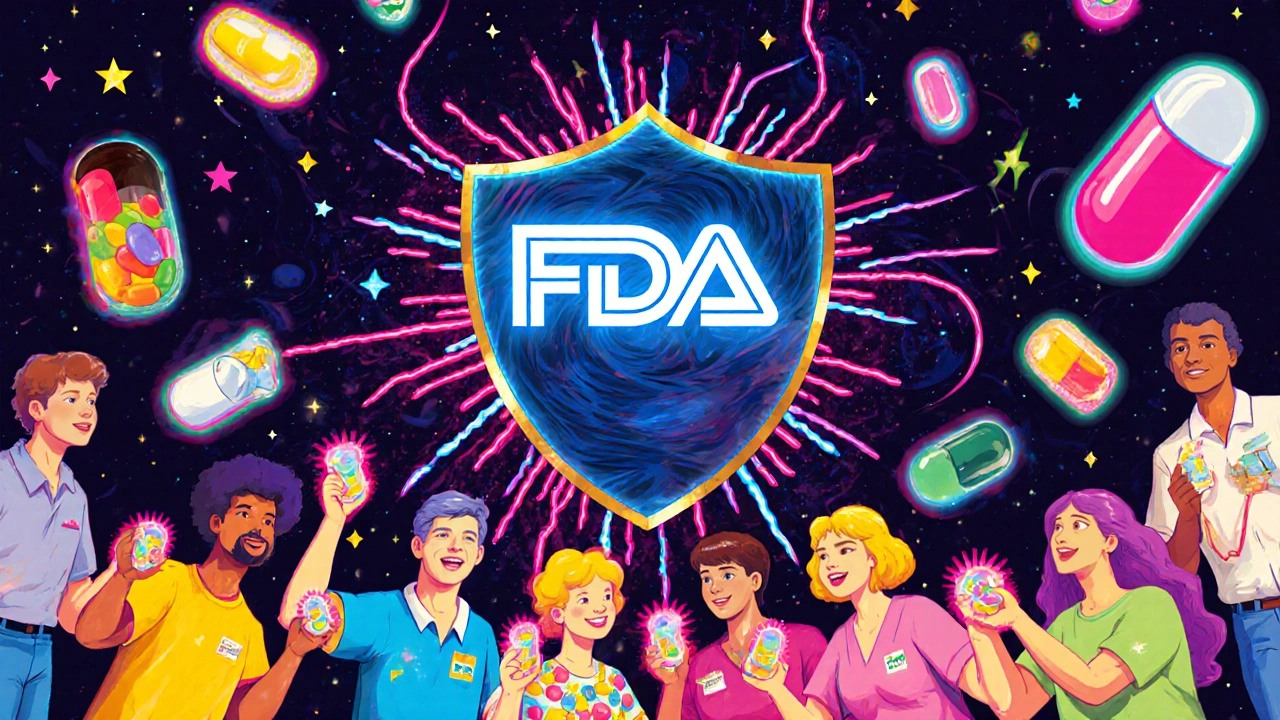
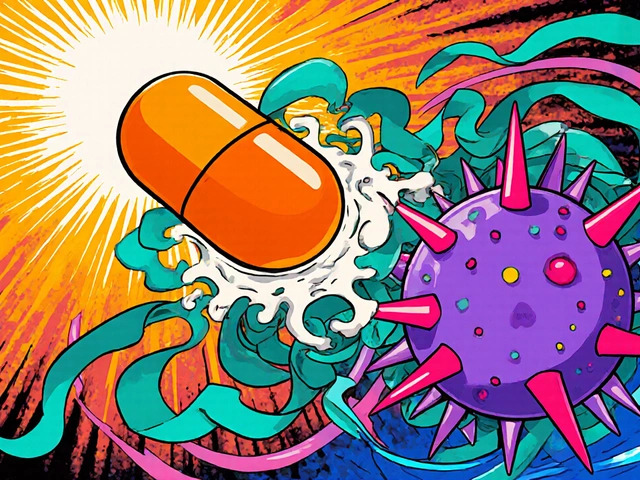
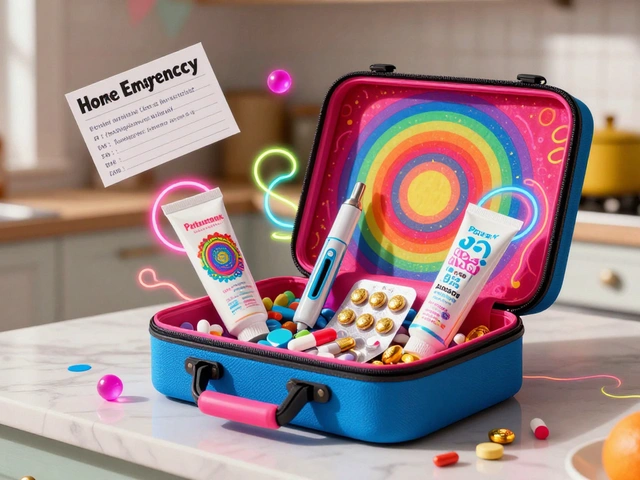

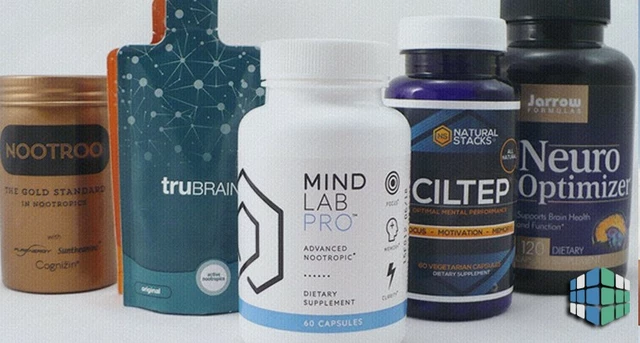

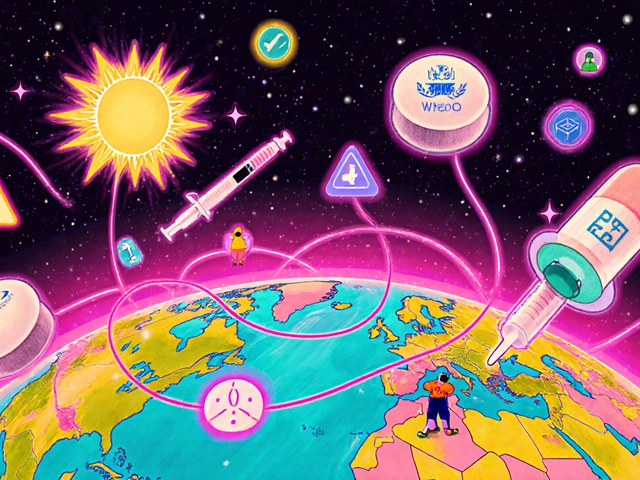

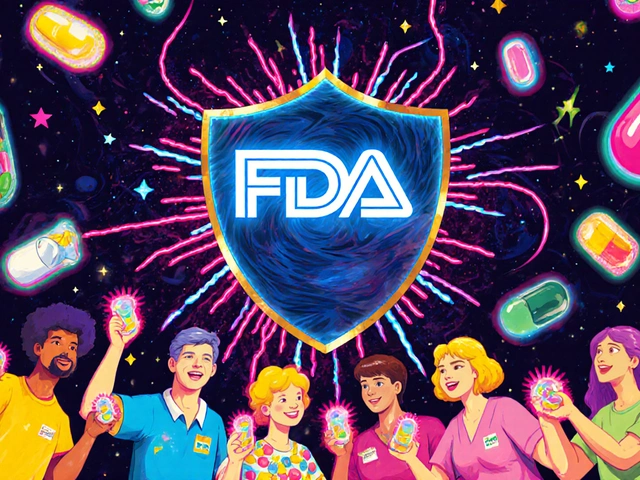
November 19, 2025 AT 23:24
Summer Joy
I reported my mom's liver crash after that 'natural' weight loss pill last year. Got ZERO response. Zero. But now I see 3 other people posted the same thing on Reddit. Turns out the FDA pulled it 6 months later. 🤡 Don't wait for a reply. Just report. Your silence = someone else's death.
November 20, 2025 AT 00:58
Aruna Urban Planner
The systemic underreporting is a function of epistemic asymmetry between clinical knowledge and lived experience. Patients are the primary vectors of post-marketing surveillance, yet the infrastructure does not incentivize participation. The cognitive load of reporting is disproportionately high relative to perceived efficacy. We must design for behavioral nudges, not just forms.
November 20, 2025 AT 05:47
Nicole Ziegler
just reported my weird dizziness after that new blood pressure med 🤯 took 12 mins. no idea if it did anything but felt good to do something. also sent the link to my aunt. she’s 72 and takes 7 pills a day. she has no idea this exists. 🙏
November 20, 2025 AT 14:15
Bharat Alasandi
bro seriously though, why do docs even bother? i got my med changes from my gp and he never asked if anything weird happened. i had to tell him myself. then he said 'oh, report that to the FDA?' like it was a suggestion. dude, you're the expert. you should be pushing this. it's your job.
November 20, 2025 AT 21:14
Kristi Bennardo
This is a PR stunt by the FDA. They know 99% of people won't report. They get to pat themselves on the back for 'patient empowerment' while doing nothing to fix the broken system. The portal crashes 30% of the time. The phone line has a 15-minute wait. And they still don't respond. This isn't safety. It's performative governance.
November 21, 2025 AT 13:13
Shiv Karan Singh
LMAO you think the FDA gives a damn? They’re just a puppet of Big Pharma. You report a side effect? They’ll bury it. They already know which drugs are dangerous. They just don’t want to admit it. My cousin died on that diabetes drug. They called it 'rare'. It was 12 people in my town alone. 🤡
November 23, 2025 AT 11:19
Ravi boy
i report my knee pain after that patch last year. no reply. but then i saw same thing on reddit. turns out 500 people had same. they changed the warning. so yeah. just do it. dont wait. even if you type wrong. like i did. its ok. the system still works. kinda
November 25, 2025 AT 10:52
Matthew Karrs
You know what’s really scary? The fact that the FDA doesn’t even track which drugs are being sold on Amazon or Instagram. People buy 'weight loss supplements' from influencers with no FDA approval. Those reports? They’re not even in the system. This whole thing is a joke. They’re just collecting data to pretend they’re doing something.
November 27, 2025 AT 04:40
Matthew Peters
I had a friend who went blind from a cheap acne cream. She reported it. No one responded. No one even emailed her back. But then - two years later - the FDA issued a warning. Turns out 37 other people had the same reaction. She cried when she saw it. She didn’t know she saved someone else’s sight. That’s the quiet heroism of this system. It doesn’t thank you. But it works.
November 27, 2025 AT 22:48
Liam Strachan
I’ve been telling my patients about this for years. It’s wild how few know. I even have a printed form in my waiting room now. One lady came back last week saying she reported her son’s reaction to his ADHD med - and got a follow-up call from the FDA. Said it felt like someone finally listened. That’s worth five minutes of your time.